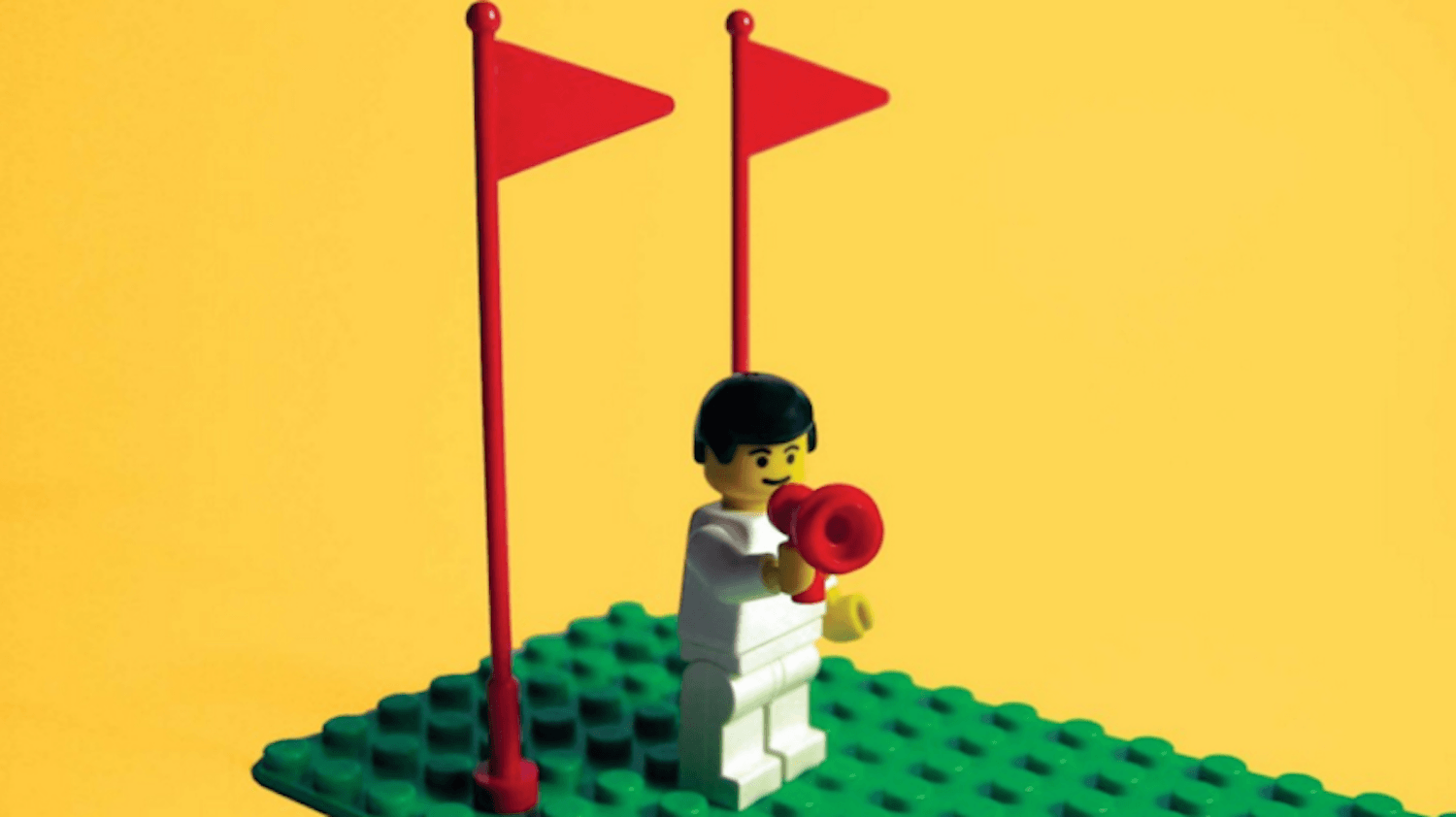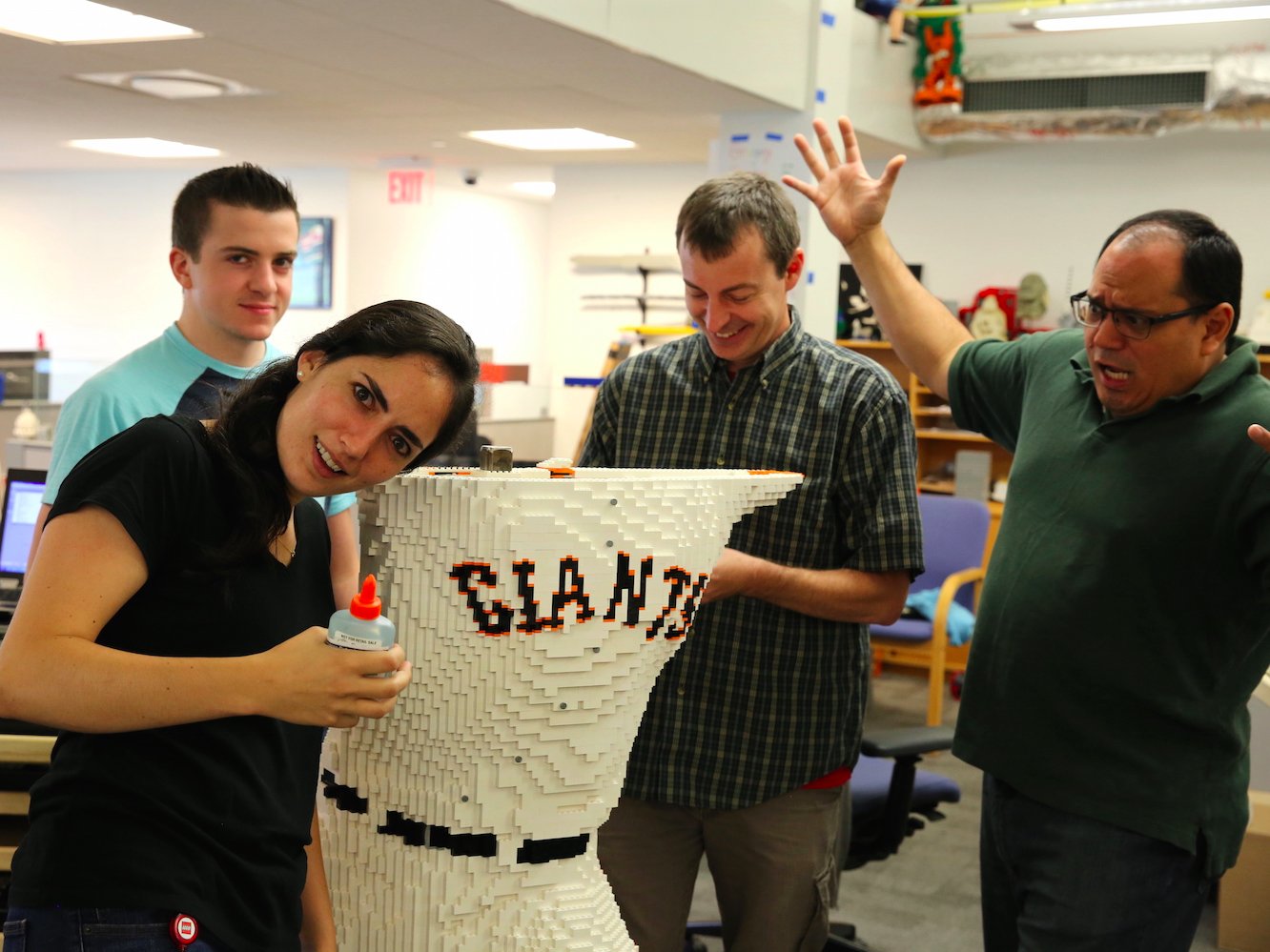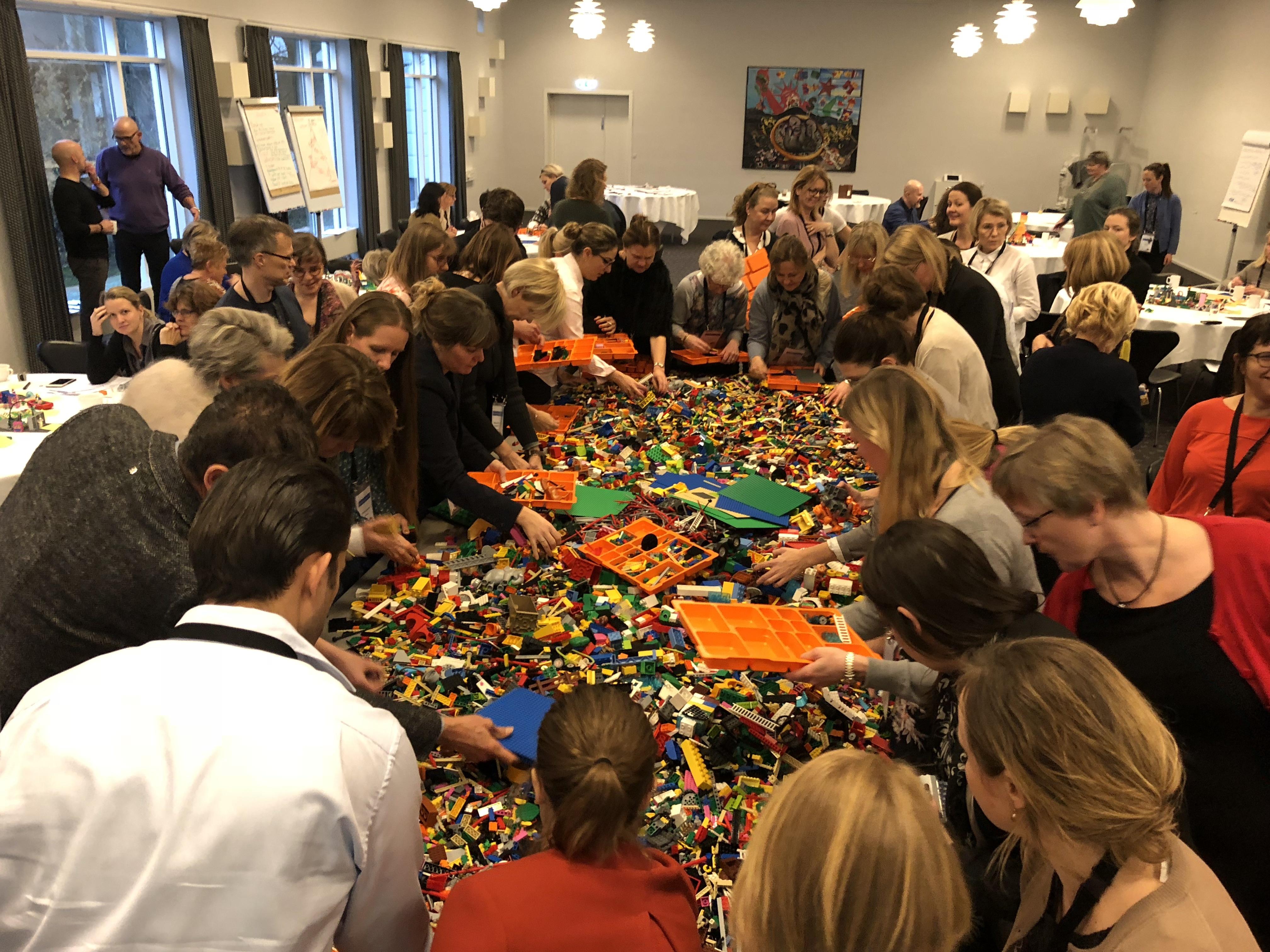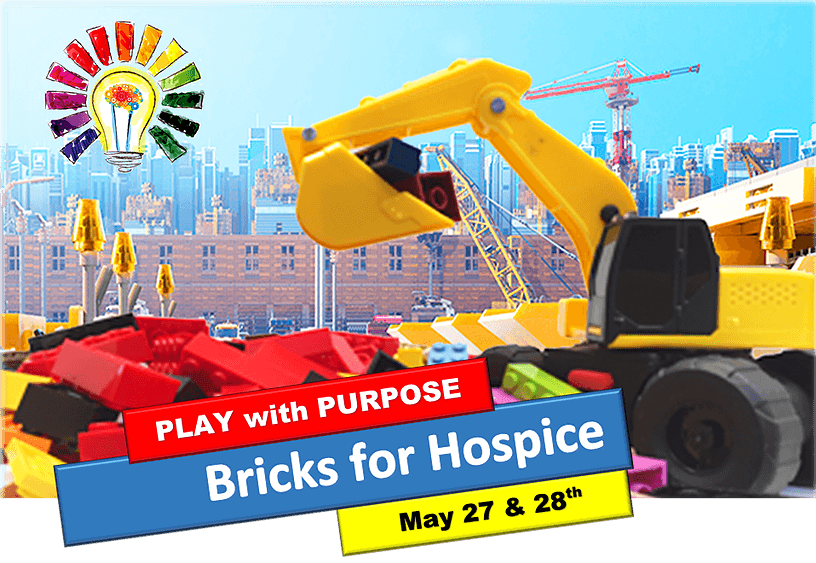Simon Usherwood from the University of Surrey has written a humorous yet contemplative blog post about his attempts to use Lego Serious Play to creatively distract his students in the classroom. Any comments – add them below?
Off the back of the great response to my post last week on The Lego Movie, I have obviously returned to the subject, albeit in a slightly different way. While searching for the official movie website, I stumbled across Lego Serious Play. ‘Stumbled’ here should of course be understood as ‘spent ages browsing the online shop, buying a kit, then browsing some more.’ That box has now arrived, so the next step of my investigation continues.
Essentially, LSP is a system for promoting team interaction and creativity, using the bricks to allow people to visualise and manifest their ideas in a way that lets them explore new ideas. That’s the website’s take on it, anyway.
I’ll freely admit I’m not so sure about this, not least because I’ve still to see it in practice, but I’m willing to have a bash at it.
As readers with long memories might recall, I’ve been using Lego in the classroom for a long time. Some years ago, I made a video explaining different voting systems, using Lego squares, because it made it all much easier to visualise. Similarly, my negotiating class get to use Lego to explore the difficulties of communication, because it allows for very subtle usage.
Whether and how LSP might fit into all this is still unclear to me. The core development attribute seems to be about creativity, which does not easily fit into an applied module in a degree programme. That is actually rather a surprise to me – and probably a topic for another day – but it’s meant in the sense that creativity is a cross-cutting skill, so probably belongs in an early phase of a programme. Moreover, students rarely remain with the same group for any problem beyond one module/course, so even if team skills are developed, then some of them are lost as the group breaks up.
But even as I write this, I recall that I do have one group of students who will be together for a long period and – additionally – will be able to work as a single group: the first cohort of our Liberal Arts and Sciences programme, of which I am director and teacher for the first compulsory element.
My plan then is to use LSP to trigger a discussion about disciplines and about their relationship with each other. I’m not going to get into details just yet, since I’d like to try it out on them first, but essentially I’m using the Lego as a way into the subject, to distract them for the weightiness of it all.
Distracting students is something I really like doing, albeit with care not to get too distracted. Whether it works remains to be seen, but I’m pretty sure I’ll enjoy the journey.
To come back to the question in the title, obviously we shouldn’t do ALL our teaching using Lego, but if we can recognise the value of multiple paths to learning and scope for using everyday objects to create an environment for problematising and challenging students, then that can open our eyes to large new areas of pedagogic practice. In essence, Lego is a means, not an end, and we should never lose sight of that.








 Become a LEGO Serious Play facilitator - check one of the upcoming training events!
Become a LEGO Serious Play facilitator - check one of the upcoming training events!